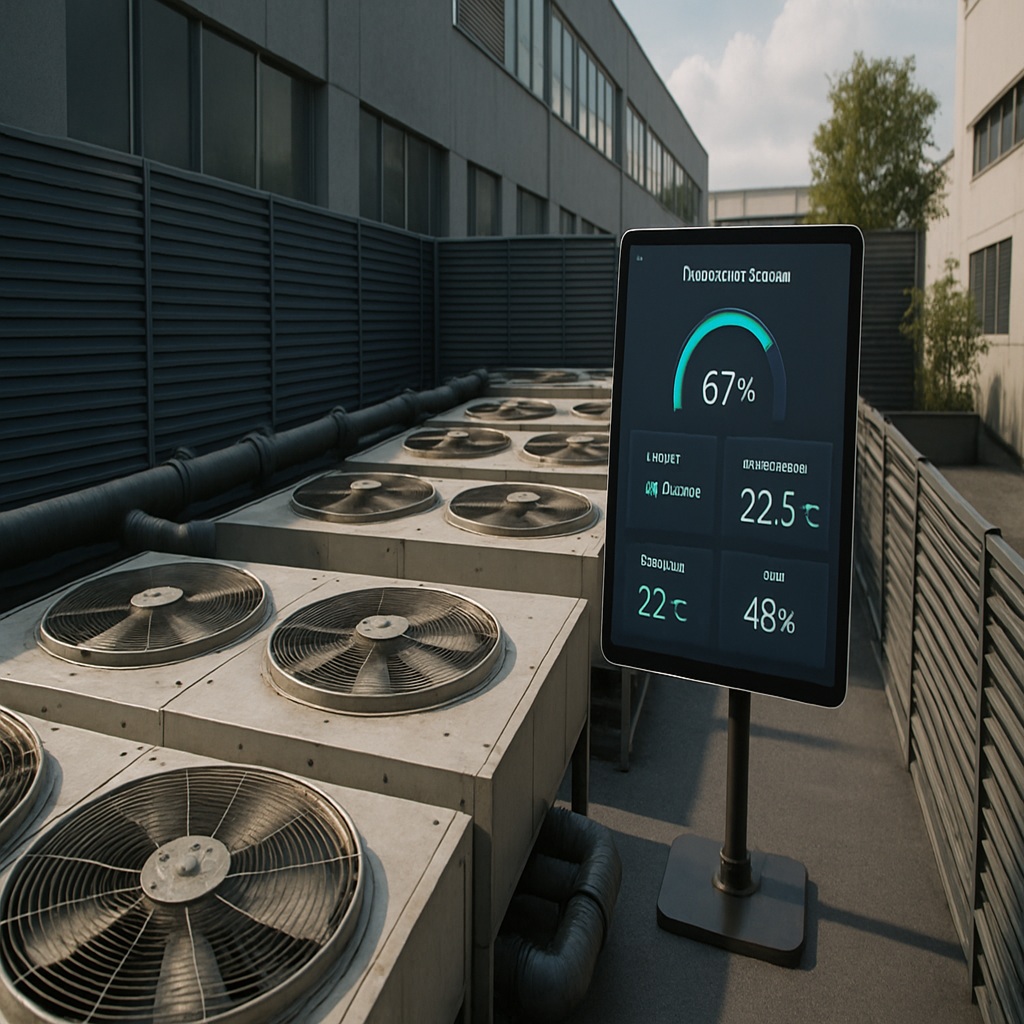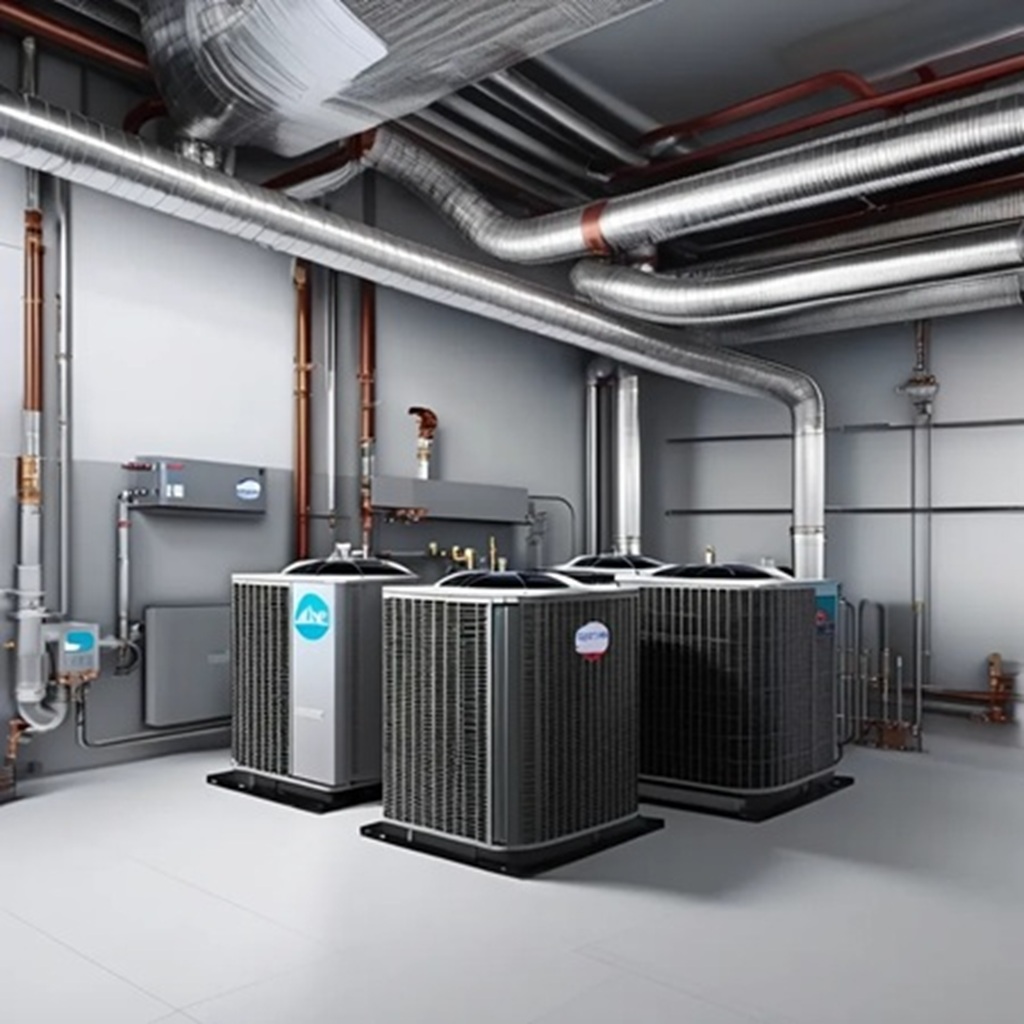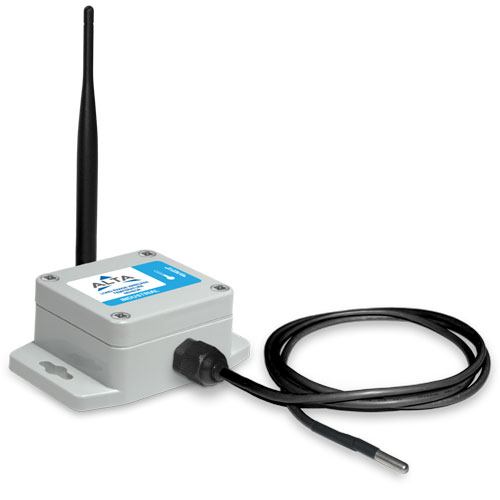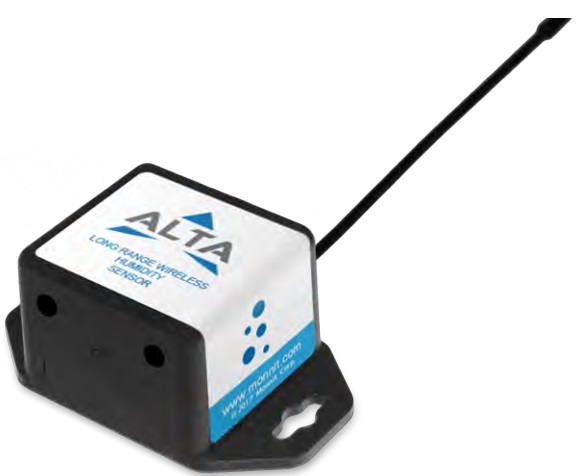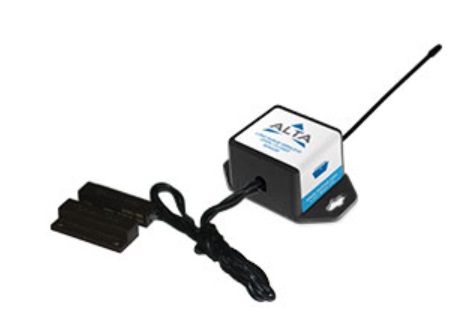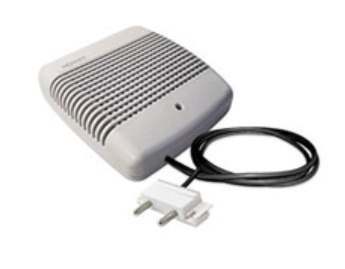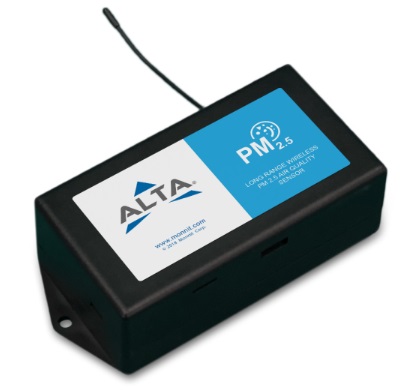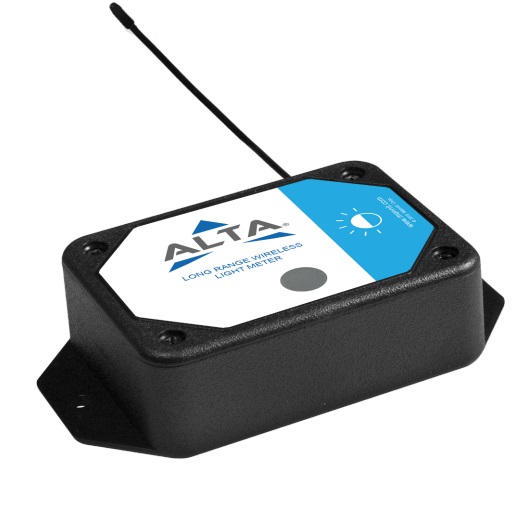HVAC Monitoring System
An HVAC Monitoring System tracks and manages the performance of heating, ventilation, and air conditioning (HVAC) systems. The system collects real-time data using sensors and IoT devices. It processes the data and provides insights to optimize HVAC operation, maintenance, and energy usage. Some advanced systems predict failures and recommend improvements.
HVAC Monitoring System with UTNT
HVAC systems maintain indoor comfort and air quality in buildings. Managing these systems manually is challenging and inefficient. The monitoring system automates tracking, reduces downtime, and improves system efficiency. It helps organizations maintain HVAC systems at peak performance.
Key Parameters Tracked
- Temperature: The system tracks indoor and outdoor, supply air, Duct Temperature, and Quad Temperature.
- Humidity: It measures indoor and outdoor humidity levels.
- Airflow and Air Quality: The system tracks flow rate, Duct Airflow, CO2 Levels, and Particulate Matter (PM).
- Pressure: It monitors Differential Pressure, Fan Pressure, and Refrigerant Pressure.
- Power Consumption: The system tracks Energy Usage, Power Factor, and Peak Demand.
Read More Parameters
- Refrigerant Monitoring: It tracks Refrigerant Levels, Temperature, and Superheating/Subcooling.
- AC Current: The system monitors the current drawn by the AC units.
- Thermostat: It checks the thermostat settings to ensure temperature consistency.
- Vibration Meter: The system detects unusual vibrations that could indicate wear or potential failure.
- Air Velocity: It measures air velocity in ducts and vents.
- Wireless Control: The system enables remote monitoring and control of HVAC parameters.
show less
Key Features
- Real-Time Data Collection: The system collects immediate data on temperature, humidity, airflow, and pressure.
- Remote Monitoring and Control: Users can monitor and adjust settings remotely.
- Predictive Maintenance Alerts: The system detects potential faults and schedules maintenance.
- Energy Usage Tracking: The system identifies inefficiencies in energy use.
- Data Storage and Analytics: The system archives data for long-term analysis and improvements.
Read More Features
- Integration with IoT and Cloud: The system connects to IoT platforms and cloud services for secure and scalable management.
show less
Benefits
- Cost Savings: The system reduces energy bills and maintenance costs by improving efficiency.
- Improved Comfort and Air Quality: It maintains consistent temperature and humidity levels for a comfortable environment.
- Enhanced Reliability: Proactive maintenance reduces downtime and ensures uninterrupted service.
- Environmental Impact: The system lowers energy consumption and reduces the carbon footprint.
Read More Benefits
- Quality and safety standards are required by industry regulations.
show less
Wireless Sensors
